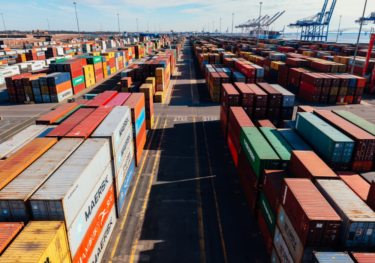The risks to Asia from Trump’s tariff plans so far
The new US administration’s implementation of new trade barriers at a more aggressive pace than in 2018 mean greater uncertainty around US trade and monetary policy. The recent measures announced – tariffs on China, steel and aluminium, and threats of reciprocal tariffs on everyone else – will have consequences not just for China, but for the rest of Asia well.
What you will learn:
- Higher tariffs on China’s end-goods may mean lower Chinese demand for Southeast Asian intermediate inputs, particularly for economies with strong forward links to China. Indonesia, and to a lesser extent Malaysia, have seen an increasing share of their exports directed towards Chinese manufacturing as inputs in recent years.
- Of the measures announced so far, the threat of reciprocal tariffs by the US poses the largest downside risk. India and Thailand may be particularly vulnerable given their large tariff differentials. But it’s likely that Asian economies will try to negotiate some concessions by reducing their own tariffs on the US or by promising to import more US goods.
- Steel and aluminium exports to the US are generally a small percentage of all Asian exports. While Asia isn’t likely to be the main casualty of the steel and aluminium tariffs, the economies that are most at risk of seeing some direct impact are Taiwan, Vietnam and South Korea.
Tags:
Related Resources

Japan’s tariff turbulence to flatten near-term growth
We've cut our GDP growth forecasts for Japan by 0.2ppts to 0.8% in 2025 and by 0.4ppts to 0.2% in 2026, reflecting higher US tariffs and heightened global trade policy uncertainty. We now forecast that Japan's economy will barely grow over 2025-2026 on a sequential basis.
Find Out More
Growth outlook cut further for the Eurozone amid tariff turmoil
Given the unique nature of the hike in US tariffs, the size of these supply and demand shocks and the speed at which they are arriving make the precise economic implications particularly hard to pin down. Overall, however, we expect GDP growth in the US and world economy to slow sharply, but we don't anticipate recessions in either.
Find Out More
The relative winners and losers of tariffs
There are no absolute winners in a trade war, but some will fare relatively better than others.
Find Out More
What the US tariff hikes mean for the global economy
We expect GDP growth in both the US and world economy to slow sharply due to the tariff hikes, but we don't anticipate recessions in either.
Find Out More